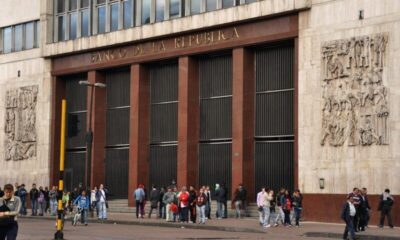Colombian Tourism Ministry Rolls Out New Plan Aimed to Promote Domestic Travel and Regional Tourism
The Colombian Ministry of Commerce, Industry, and Tourism (MinCIT) has unveiled a new strategic plan that centers around increasing regional development as a means to generating more revenue for the tourism industry.
The four-year plan, which was developed in coordination with the administration of Colombian President Iván Duque and regional stakeholders across the country, calls for greater investment, improved travel infrastructure, developing institutions to support the sector, highlighting top destinations, and employing more and better experts who can improve the overall experience.
Photo: Places like Salento, a traditional coffee town in the central Andes, are popular tourist destinations but remain unknown to many Colombian. (Photo credit: Jared Wade)
Boosting domestic tourism is another key component of what the ministry is calling its tourism “road map” for the next four years.
Juan Pablo Franky, deputy minister of tourism, says travel by Colombians in their own nation continues to lag. “The tourist consumption of Colombians is very low,” he said. “With the implementation of the sector plan, we seek to develop a social and inclusive tourism.”
The plan also seeks to increase the international tourism revenue that has been increasing drastically in recent years to hit a record $5.8 billion USD in 2017, according to government figures.
“We need to attract foreign investment, improve infrastructure and, of course, improve air connectivity and prepare to grow international tourism,” said Franky.
He added that there is a lot of room for improvement in terms of coordinating the use of beaches and other public spaces, which currently have many “informal” activities that are hard to track systematically. By focusing more on how these spaces are used and cataloging it better through digital means, local communities will have more data and information that will help in terms of planning the type of events that can bring more income into the economy, he says.
READ MORE: Colombia Brought In Record $5.8 Billion USD in Foreign Tourism Revenue in 2017
“The main challenges are in the traditional informality,” he said, adding that the ministry is “already working” to start deploying technology and new platforms to address these challenges.

























